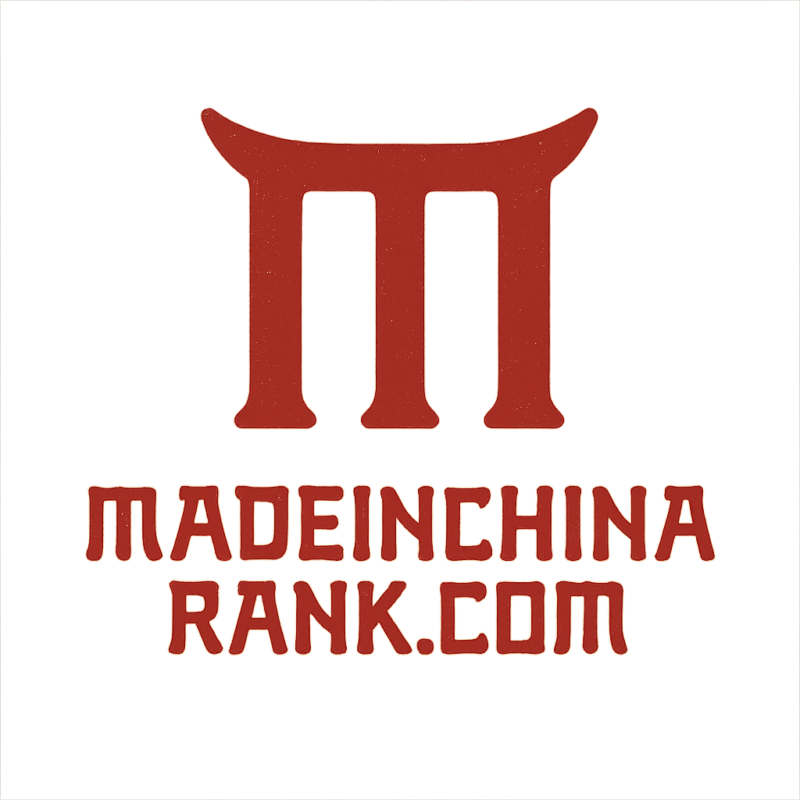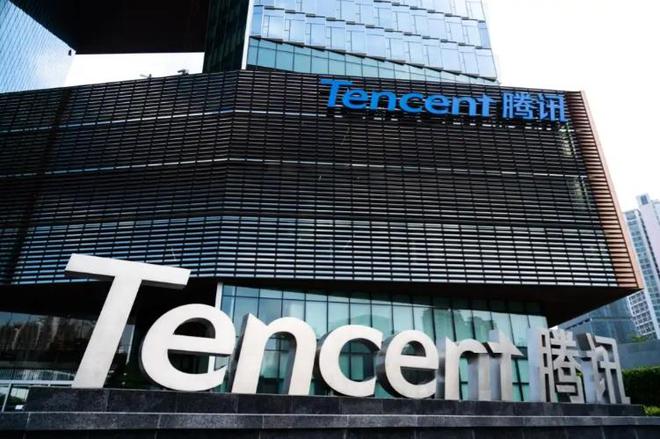From Emerging Market to Global Leader: The Meteoric Ascent
China’s gaming industry has transcended its roots as a regional player to become an unparalleled engine of innovation, reshaping global entertainment paradigms. With a market value exceeding $45 billion USD and over 700 million active gamers, China now commands 30% of worldwide gaming revenue—surpassing North America and Europe combined. This dominance stems not merely from scale, but from a unique ecosystem blending state-supported infrastructure, agile monetization models, and cultural storytelling prowess. As Western studios grapple with stagnation, Chinese developers like miHoYo and Tencent pioneer hyper-immersive worlds that fuse cutting-edge technology with philosophical depth, redefining what games can achieve artistically and commercially.
Market Anatomy: Scale, Drivers, and Dominant Forces
The Mobile-First Revolution
Unlike Western markets historically reliant on consoles, China’s gaming boom was catalyzed by ubiquitous smartphone penetration (over 85% among adults) and super-app ecosystems. Platforms like WeChat and Alipay enabled frictionless micropayments, propelling free-to-play (F2P) models into mainstream dominance. By 2025, mobile gaming alone will generate $38 billion annually, fueled by:
- Hyper-casual innovation: ByteDance’s Ohayoo platform democratized game development, slashing production cycles to 3–6 months.
- Cloud gaming infrastructure: Tencent’s Start Engine and NetEase’s Xuan Long leverage 5G networks to stream AAA titles onto low-end devices.
The Big Three Architecture
Market control is consolidated under conglomerates executing vertically integrated strategies:
- Tencent: Controls 40% market share via Honor of Kings (90M+ MAU) and stakes in Epic Games, Riot Games, and Ubisoft. Its “Super Digital Entertainment” model interlinks games, social media, and eSports.
- NetEase: Prioritizes IP cultivation (Fantasy Westward Journey, Eggy Party) and technical R&D—investing $780M in VR/AR studios since 2022.
- miHoYo: The disruptor proving indie-rooted creativity can rival giants. Genshin Impact’s $4 billion lifetime revenue showcases premium mobile experiences transcending cultural borders.
Innovation Frontiers: Where Technology Meets Artistry
Beyond “Pay-to-Win”: Evolutionary Monetization
Chinese studios pioneered ethical gacha mechanics balancing profitability with player satisfaction:
- Genshin Impact’s “pity system” guarantees high-value items after set expenditures.
- Justice Online’s “time banking” lets players trade gameplay hours for cosmetics, reducing paywall friction.
AI-Generated Content (AIGC) Integration
China leads in deploying generative AI for dynamic world-building:
- Procedural narrative engines: Tencent’s Aurora creates branching quests reacting to player morality metrics in real-time.
- NPC sentience: NetEase’s Justice uses LLMs to generate emotionally responsive NPC dialogues, cutting voice-acting costs by 60%.
Cultural Export Power: Redefining Global Soft Power
Mythology Reimagined for Modern Audiences
Titles like Black Myth: Wukong (pre-orders surpassing 2M) and Where Winds Meet transform classical texts into interactive spectacles. By embedding Daoist philosophy into combat (e.g., Yin-Yang elemental systems) and Tang Dynasty aesthetics into open worlds, these games bypass Western “Orientalism” to assert authentic storytelling sovereignty.
The “Anime-Realism” Aesthetic
miHoYo’s signature style—blending UE5-powered photorealism with Shinkai-esque environmental design—created a universal visual language. Genshin Impact’s Liyue region (based on Zhangjiajie National Park) increased real-world tourism by 30%, demonstrating games as cross-medium cultural ambassadors.
Regulatory Realities: Navigating the Great Wall of Compliance
The 2021 Reset and Its Aftermath
China’s 9-month license freeze halted 14,000 game approvals, forcing studios to:
- Pivot globally: Tencent accelerated overseas publishing, growing international revenue to 30% of total.
- Reengineer engagement: “Anti-addiction systems” now cap minors’ playtime at 3 hours/week via facial recognition checks.
Sandbox Governance and State Collaboration
Rather than stifling creativity, regulations birthed new genres:
- “Serious games”: State-backed titles like Digital Museum teach cultural heritage preservation.
- Blockchain experiments: Approved NFT platforms (e.g., Tencent’s Yuan Universe) enable limited digital asset trading under strict PBoC oversight.
Horizons Unbounded: The Next Decade of Dominance
Three vectors will define China’s gaming future:
- Metaverse Convergence
Tencent’s “All Real” project blends Honor of Kings IP with industrial applications—training factory AIs via game simulations. - Hardware Sovereignty
Huawei’s cloud-rendered Vision Glass and ByteDance’s Pico VR headsets challenge Meta’s hardware monopoly. - Ethical AI Co-Creation
NetEase’s Dahufa platform lets players design quests via natural language prompts, sharing royalties with creators.
As Silicon Valley fixates on generative AI’s disruptive potential, China executes its synthesis into living worlds where play transcends entertainment—becoming infrastructure for education, social cohesion, and global connection. The controller has been passed; the rules rewritten.

